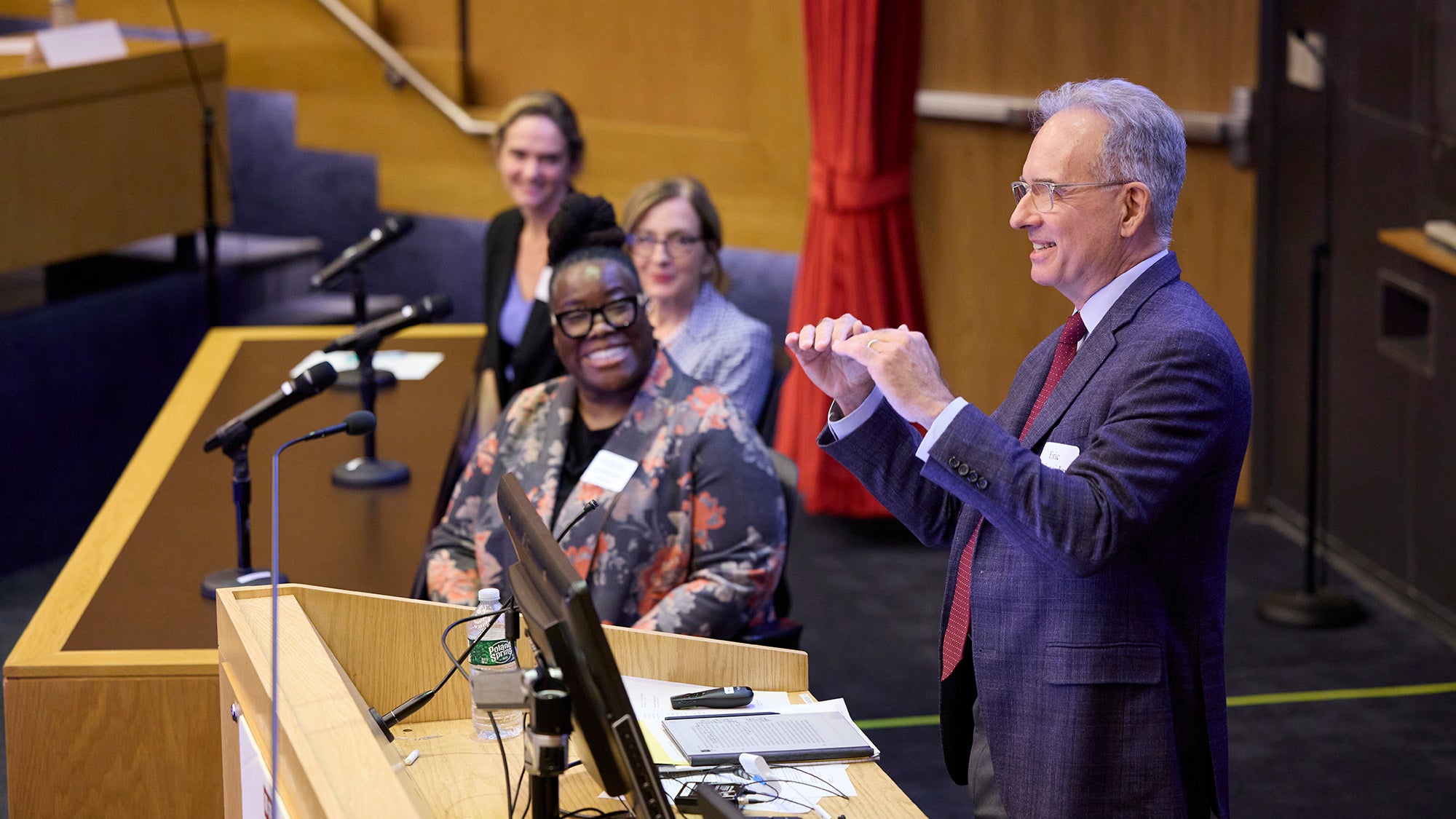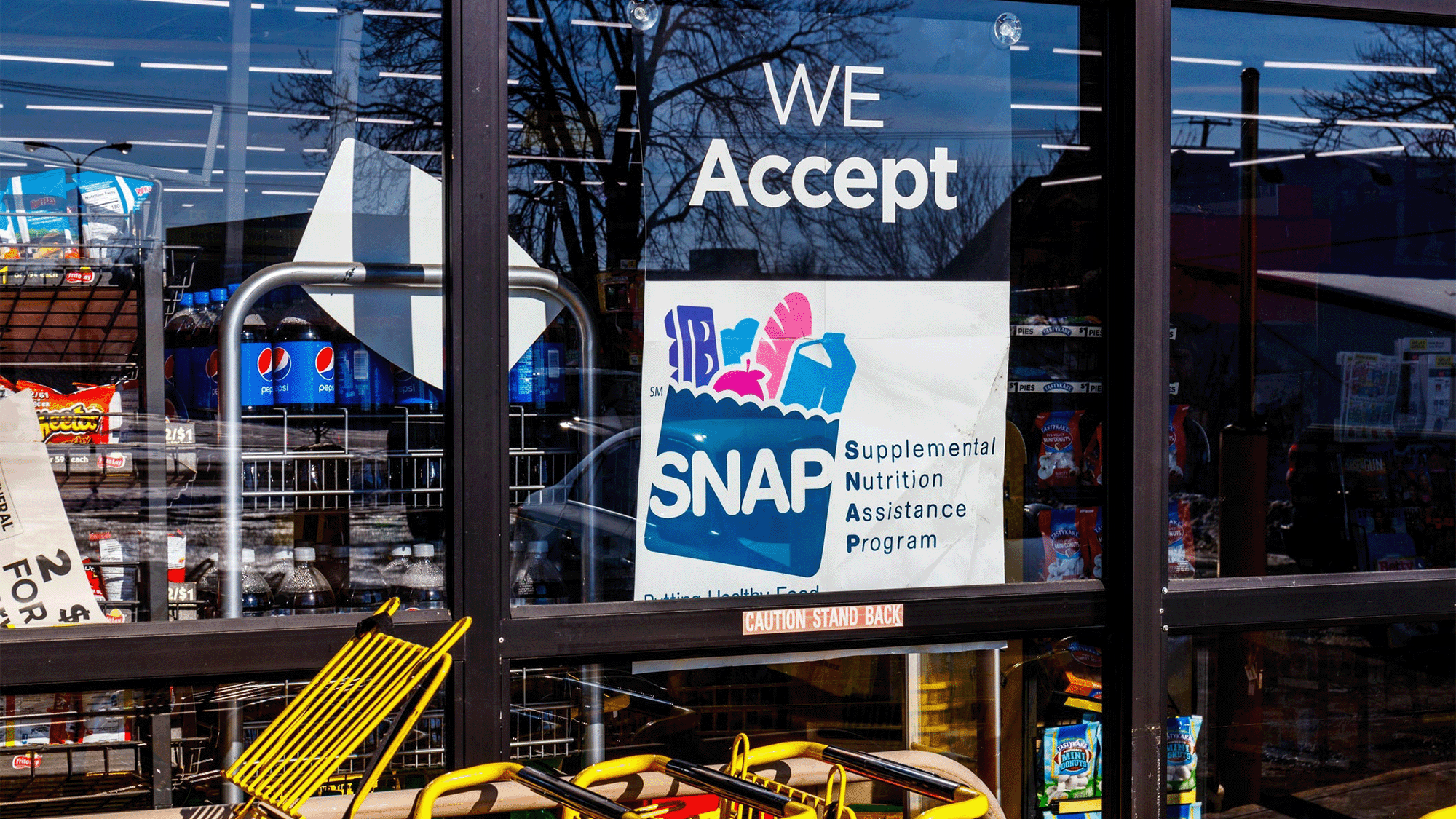Focusing on primary care and prevention can help us close health disparities
By Michelle A. Williams and Asaf Bitton, Executive Director of Ariadne Labs
We know how striking health disparities remain in the U.S. In 2021, for example, the average life expectancy at birth was 76.4 years for white Americans, compared to just over 70 years for Black Americans and only 65 years for American Indians and Alaska Natives. Black infants in our country are also more than twice as likely to die than white infants and Black Americans continue to die from diabetes and heart disease at higher rates than white Americans.
Closing these gaps is a critical moral, economic, and social imperative. During the COVID-19 pandemic, we have seen how everything depends on, and is connected to, health. Our economy, our education system, our national security all rely on healthy populations. And health is not an individual endeavor. Your health is connected to our health, as devastating effects of a highly contagious respiratory virus show all too well. We have learned that we are all more interconnected and vulnerable than we might have thought prior to the pandemic. Thus, addressing and redressing inequalities in health care is not just the right thing to do, but also a vital investment in our country’s economic growth and social resilience.
So, what can we do? In a country where 10% of people are still uninsured, we should certainly start by expanding access to health care. Our commitment to each other’s health cannot be contingent on one’s ability to pay for health care, or a happenstance of where one lives. That commitment has to be universal, a lesson learned and proven to be successful in every high-performing health system in the world.
But we should also consider re-orienting our traditional focus in the U.S. from specialized procedural inpatient care to continuous health-promoting primary care — in other words, from sick, episodic care to healthy, longitudinal care.
Currently, we tend to treat people only after they have become sick, often by offering expensive, high-tech interventions. Other countries have had tremendous success by investing in preventive and primary care and taking a more holistic approach to preserving and promoting health on a population scale through long-term healing relationships between multidisciplinary teams that care for people, families, and communities.
Take Costa Rica, for instance. By focusing on prevention and primary care, it managed to increase life expectancy to 81 years today, up from 55 years in the 1950s. Perhaps even more impressive, it achieved this by spending only 8% of its GDP on health care compared to more than 18% in the U.S.
(Americans spend just under $12,000 a year on health care, nearly twice as much as the average OECD country—and have some of the worst outcomes among high-income countries, including highest maternal mortality rates and lowest life expectancy at birth.)
Centering primary care improves outcomes and increases equity. It also helps prevent disease in the first place as primary care providers are better suited to address the social determinants of health, such as housing, nutrition, violence prevention, clean air, and fresh water. With time, primary care clinicians get to know their patients’ health and family medical history as well as their lifestyles, community contexts and challenges. During the pandemic, they successfully persuaded many Americans to get vaccinated against COVID-19. They can help us close other gaps too.
But this high-value, human-centered care doesn’t happen overnight, and can’t be ignored as a fiscal or social priority. Relationships between skilled clinicians and the communities build trust and take effort and time to become trustworthy. Just as we fund hospitals and ERs to be there ready to care for us when we have an acute health crisis, we need to pay for the teams and relationships that will care and accompany people over their life journeys. Both are important; neither are to be taken for granted as we sometimes do today with primary care.
Finally, it’s important that we break down silos between public health and health care delivery. The two fields naturally affect one another and we should be more intentional about integrating them. Better coordination between local health departments, outpatient care, and hospital systems would improve outreach efforts and increase the number of patients who get referred to community health programs, such as those to treat addiction, manage chronic medical conditions like hypertension and diabetes, or address food insecurity. Here, primary care teams can be an effective translation and integration point as well – interconnecting data flows, referrals, and frontline disease surveillance mechanisms. The first case of the next pandemic may well show up in primary care; we have to make sure it, like our emergency and inpatient care systems, are ready to diagnose, triage, and relay this information quickly through to the next layers of the public health and health care systems.
It can be easy to despair while looking at some of our country’s worst health disparities, but it’s important to remember that there is a lot we can to do address them. Other countries have done it successfully. So can we.
We recently discussed some of these themes during a Washington Post Live event moderated by senior writer Frances Stead Sellers. You can watch it here: https://www.washingtonpost.com/washington-post-live/2023/04/10/declining-life-expectancy-us/
You can also find the transcript of the conversation here: https://www.washingtonpost.com/washington-post-live/2023/04/10/transcript-explaining-america-with-asaf-bitton-michelle-williams/


